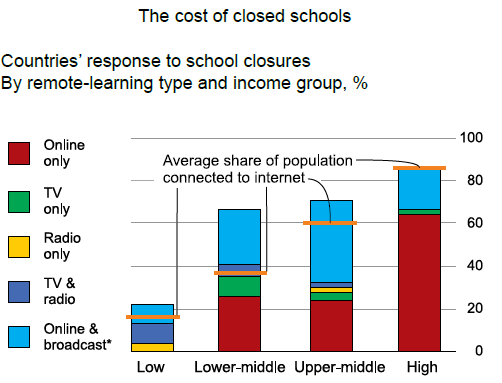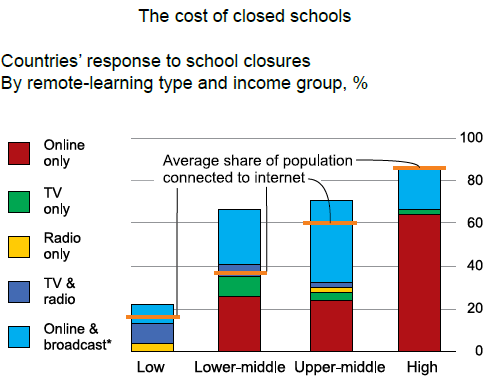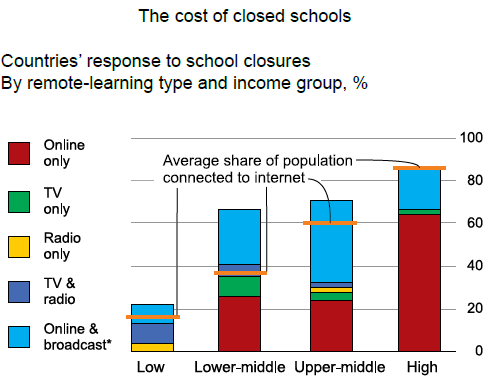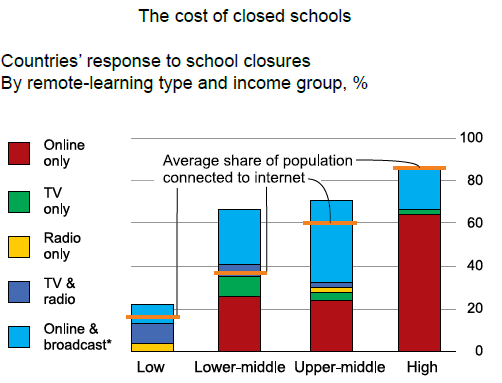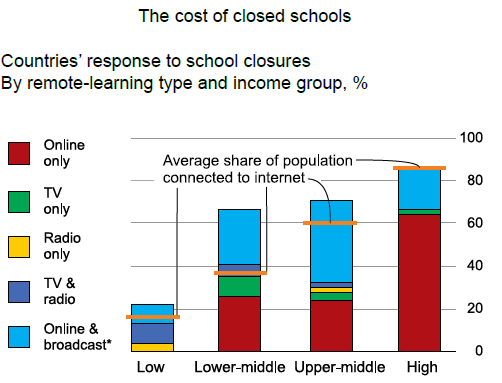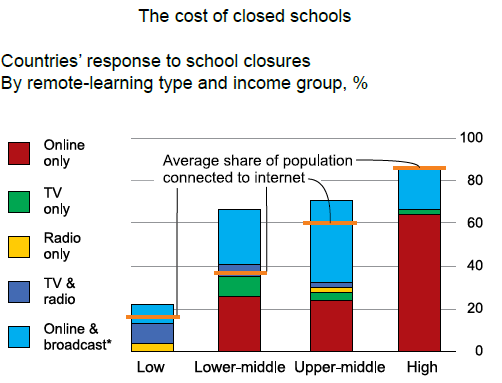Text 1
What is Distance Learning and Why Is It So Important?

1 Distance learning – any form of remote education where the student is not physically present for the lesson – is booming thanks to the power of the Internet. In fact, there are a number of advantages of learning remotely over even traditional teaching models. As the Internet blurs the line between near and far, distance learning is set to disrupt the current paradigm of education.
2 Historically, distance learning described correspondence courses in which students would communicate with their schools or teachers by mail. More recently, distance education has moved online to include a huge range of systems and methods on practically any connected device.
3 Distance education is clearly different from regular education in terms of a student or teacher‘s physical presence. For the most part, it translates into increased freedom for both learners and educators, but it also requires higher degrees of discipline and planning to successfully complete the course of study.
4 The enhanced freedom of remote learning is most clearly seen in the fact that students can choose courses that fit their schedules and resources. (Teachers can do the same.) And in the case of digital learning, students can also choose the location and teaching styles that best suit their needs.
5 Remote education is certainly not a magic bullet and there will always be a place for in-class learning. At the same time, distance learning still has a lot of untapped potential to reach students where they are and connect educators and learners in new ways. From increased flexibility to new learning styles, it seems that the future of learning will be as diverse in time and place as it will be in thought.
Disponível em: https://www.viewsonic.com/library/education/what-is-distance-learning-and-why-is-it-so-important/. Texto adaptado. Acesso em: 20 set. 2020.
